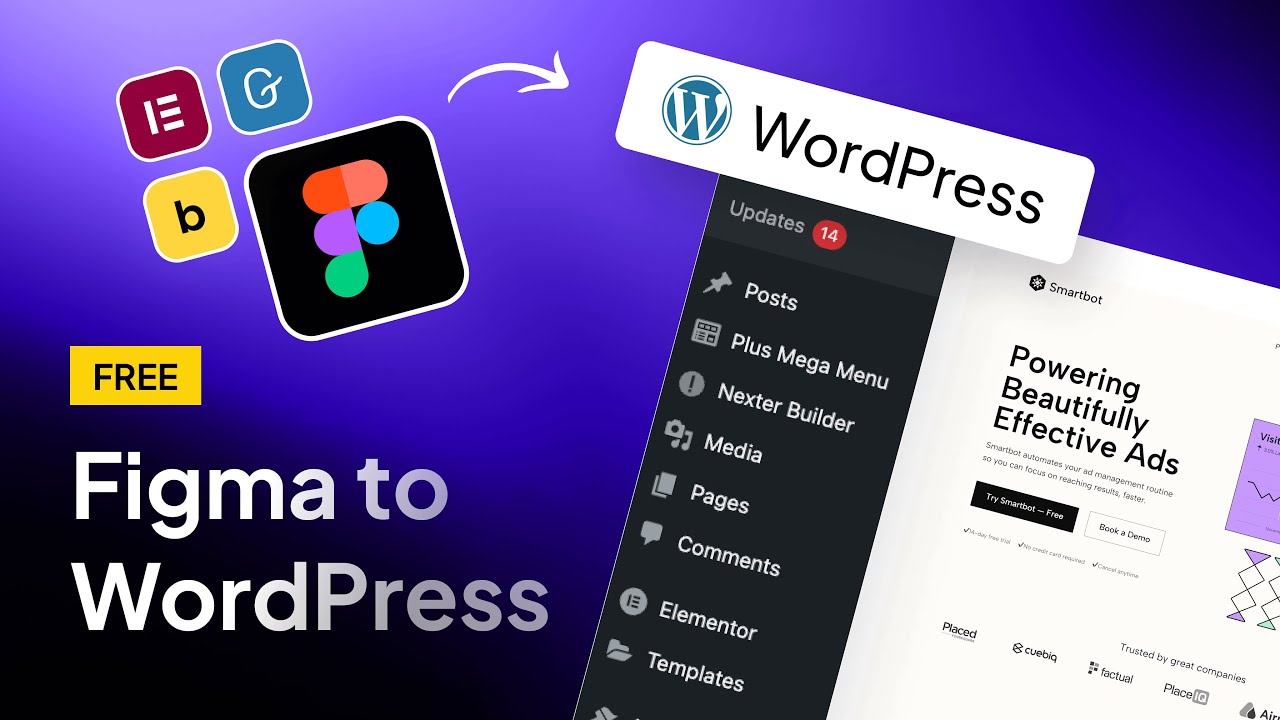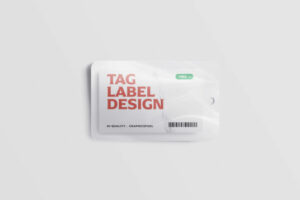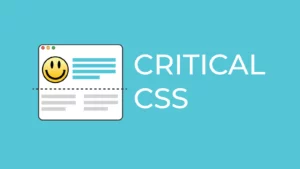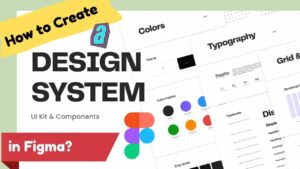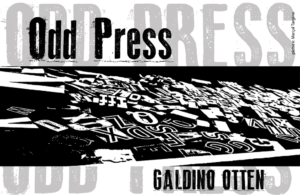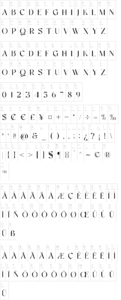Creating beautiful digital experiences often begins with a powerful design tool like Figma. However, bringing that design to life on a dynamic platform like WordPress requires a structured process. Whether you’re a designer, developer, or business owner, understanding how to convert Figma to WordPress designs can dramatically enhance your web presence. If you’re looking for a fast and effective solution, a professional Figma to WordPress converter tool can bridge the gap between static design and functional website with minimal hassle.
Understanding the Figma to WordPress Workflow
The journey from Figma to WordPress begins with a clear workflow. Figma serves as the design foundation where you map out your website’s visual components, layout, and user experience. On the other end, WordPress is the content management system that enables you to build, host, and maintain your website. The process involves translating design elements into code that can be understood and rendered by browsers. This bridge is often built through a combination of manual development or automation tools.
Why Convert Figma Designs to WordPress
Figma’s flexibility allows for pixel-perfect design. But to make that design functional and interactive, it needs to be implemented into a system like WordPress. WordPress is one of the most popular platforms for building websites because it offers:
- Complete control over content and design
- Powerful SEO capabilities
- Support for plugins and custom features
- A user-friendly interface for content updates
This makes it ideal for turning high-fidelity Figma designs into responsive, dynamic websites that rank well and perform smoothly.
Methods to Convert Figma to WordPress
There are primarily two ways to convert Figma designs to WordPress:
Manual Conversion Using HTML/CSS and WordPress Theme Development
This method is ideal for those who have a strong foundation in front-end development. It involves manually writing code to replicate your Figma design and turning it into a custom WordPress theme.
Using a Figma to WordPress Converter Tool
For those who prefer speed, efficiency, or lack the coding skills, using a dedicated Figma to WordPress converter tool offers a reliable alternative. These tools automate most of the conversion process and ensure consistent design reproduction.
Manual Conversion Using HTML/CSS and WordPress Theme Development
Manual conversion gives you complete control over how your design behaves across different devices and browsers. It usually begins by exporting design assets from Figma, such as images, icons, and typography styles. Next, you build the layout using semantic HTML and CSS, then move on to creating PHP templates and functions to define a custom WordPress theme.
This approach is highly customizable but requires more time and technical skill. You’ll also need to optimize your site for performance and SEO manually.
Using a Figma to WordPress Converter Tool
A Figma to WordPress converter tool simplifies the conversion process. Once you upload your Figma file, the tool analyzes your design and converts it into HTML/CSS code, sometimes even generating a complete WordPress theme. These tools are especially helpful for designers, freelancers, or agencies working with tight deadlines.
Not only do they cut down development time, but they also help ensure that your final website closely matches your original design, pixel for pixel.
Step-by-Step Guide to Manual Conversion
To give you a clearer picture, here’s how a manual conversion typically unfolds:
- Start by reviewing your Figma file to ensure it’s well-organized and uses consistent design components.
- Slice your design into exportable assets such as logos, icons, and background images.
- Build static HTML and CSS pages that mirror your design.
- Create a custom WordPress theme folder and integrate your HTML/CSS into the WordPress PHP structure.
- Apply dynamic functions using WordPress’s loop, template tags, and widgets.
- Test the site on multiple browsers and screen sizes to ensure responsiveness and accessibility.
Benefits of Using an Automated Figma to WordPress Converter
Automated tools bring multiple benefits:
- Faster turnaround time compared to manual development
- Reduced chance of human error in translating design into code
- Beginner-friendly, as they require little to no coding knowledge
- Consistent output, especially when working with templates and repeatable design patterns
These tools are perfect for those who need a functional WordPress site quickly without sacrificing design accuracy.
Common Challenges and How to Overcome Them
During the conversion process, certain challenges are common:
- Responsiveness issues occur if the design is not adapted well for different devices. Always use flexible layout systems like Flexbox or Grid.
- Performance problems arise from heavy or unoptimized images. Always compress and properly size images during export.
- Plugin conflicts can happen when integrating third-party functionality. Be sure to test compatibility before going live.
Addressing these issues proactively ensures a smooth and effective conversion experience.
Final Tips for a Seamless Design-to-Website Process
To make your conversion as effective as possible:
- Keep your Figma file clean and structured, using layers and components wisely.
- Follow SEO best practices, including proper HTML structure, image alt text, and clean URLs.
- Conduct cross-browser and device testing before publishing your site.
- Continuously update your WordPress site to ensure security, performance, and compatibility with new plugins or themes.
Converting Figma to WordPress designs opens the door to dynamic, user-friendly websites that not only look great but perform exceptionally well. Whether you choose the manual method or use an automated Figma to WordPress converter, the key is to follow a clear process that respects both design intent and development standards. By doing so, you ensure your website is beautiful, functional, and ready to scale with your brand.

